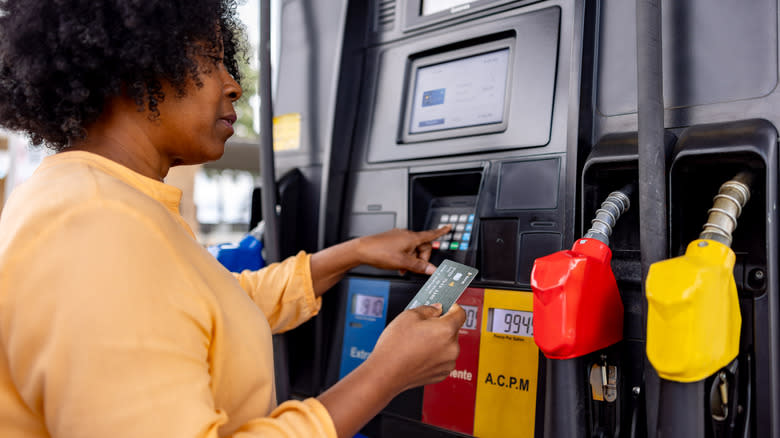
Most people treat a gas station pump like a vending machine for fuel — you drive up, swipe or insert your card, fill your tank, and drive off. But in that 90-second transaction, your debit or credit card could be silently cloned by a tiny device you can't even see.
Gas pump card skimmers aren't a new scam, but they've become much more sophisticated. A card skimmer is a small, often well-disguised gadget criminals attach to a payment terminal to steal credit and debit card info. According to the FBI, skimming costs consumers and financial institutions over $1 billion annually in the U.S. alone. They're not just found at shady locations — they've been uncovered at pumps in quiet, upscale neighborhoods, too. The problem is so pervasive that in states including Florida and California, officials now conduct routine pump inspections looking for skimmers.
Card-skimming devices aren't obvious; in fact, many are 3D-printed to match the pump's exterior perfectly. But subtle clues — like a loose or bulky card slot — can be the difference between safe fueling and handing your financial life to a stranger. The takeaway? Skimmers thrive on inattention. If you're in a hurry, you're more likely to fall into their trap. It may not be in the unwritten rules of the gas stations, but awareness at the pump is no longer optional. It's a must.
Read more: Call Me A Luddite, But These Modern Features Only Seem To Make Cars Worse
Red Flags To Spot Before You Swipe
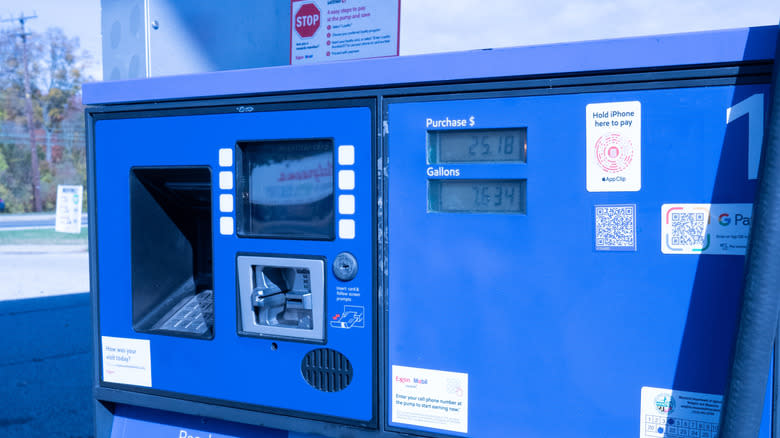
Gas stations make easy targets for skimmer thieves. Pumps sit outdoors, often unsupervised, with locks that are easy to pick. Many still use outdated magnetic stripe readers, so thieves can quickly attach devices and steal card data. So before swiping, do a little pump CSI.
Tug the card reader gently — if it shifts, wobbles, or feels unusually bulky, that's your cue to bail. A well-installed skimmer often stacks onto the original reader, creating a visual and tactile mismatch. Look at the security seal stickers on the gas pump; if they're broken, peeling, or misaligned, someone may have tampered with it. Compare it with its neighbor pump; if something's off, walk away. Fake keypads and hidden cameras are the tech crooks use to harvest your PIN, often capturing it right above the keypad or as an overlay. Even tiny signs like misaligned graphics or glue residue are worth noticing.
A little vigilance and awareness could go a long way. You don't want to be that person with the worst gas station horror stories. Even if you can't spot a skimmer, you can still make yourself a much harder target.
Protect Yourself Every Time You Fuel Up
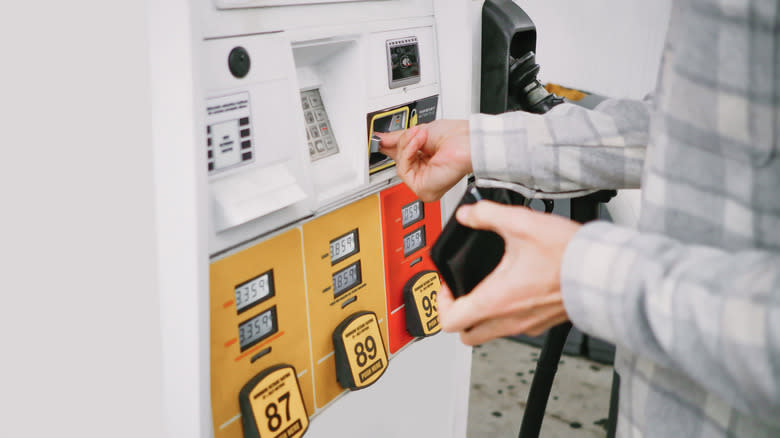
Whenever possible, pay inside the store instead of at the pump — it's harder for criminals to tamper with indoor terminals. If you must pay at the pump, use a credit card instead of a debit card. Credit cards have better fraud protection, and you won't risk your bank account being directly emptied. Many banks also offer "tap-to-pay" contactless cards or digital wallets like Apple Pay and Google Pay, which are harder to skim. Also, stick to pumps closest to the attendant's booth, which are less likely to be tampered with. For extra caution, enable transaction or fraud alerts on your online banking or app so you'll know instantly if something suspicious happens.
And here's the big one: trust your instincts. If something about a pump feels sketchy — the reader's loose, the seal's broken, or the station just seems poorly maintained — skip it and report to the authorities. Skimmers thrive on people being in a rush and not paying attention. It's not a matter of topping off your gas tank and going on with your day anymore. Slow down, check twice, and you'll be far less likely to become the next person calling their bank to say, "Uh... I didn't just spend $600 in Miami."
Want more like this? Join the Jalopnik newsletter to get the latest auto news sent straight to your inbox...
Read the original article on Jalopnik.

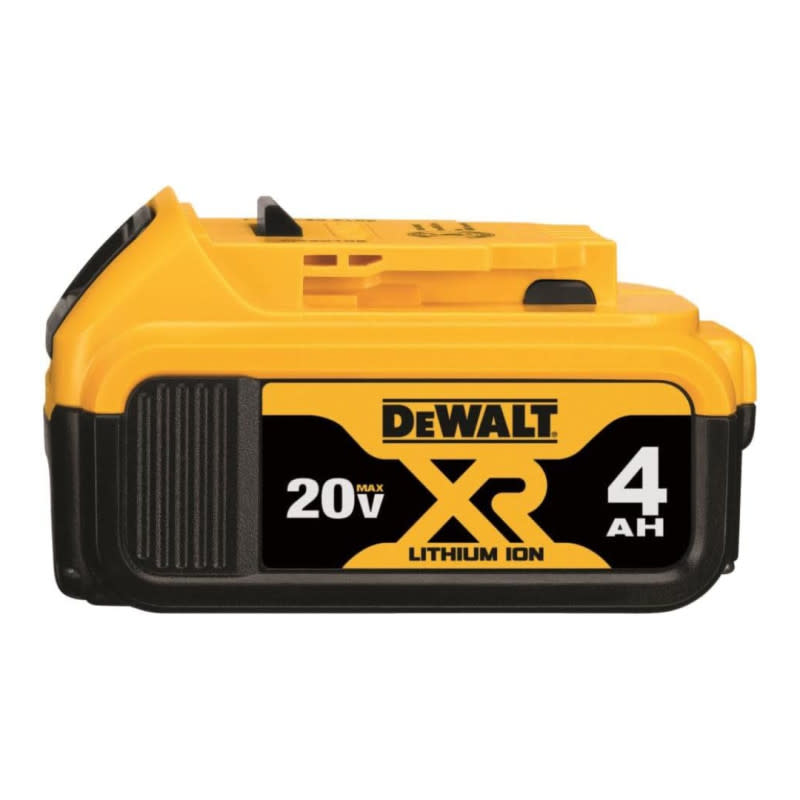
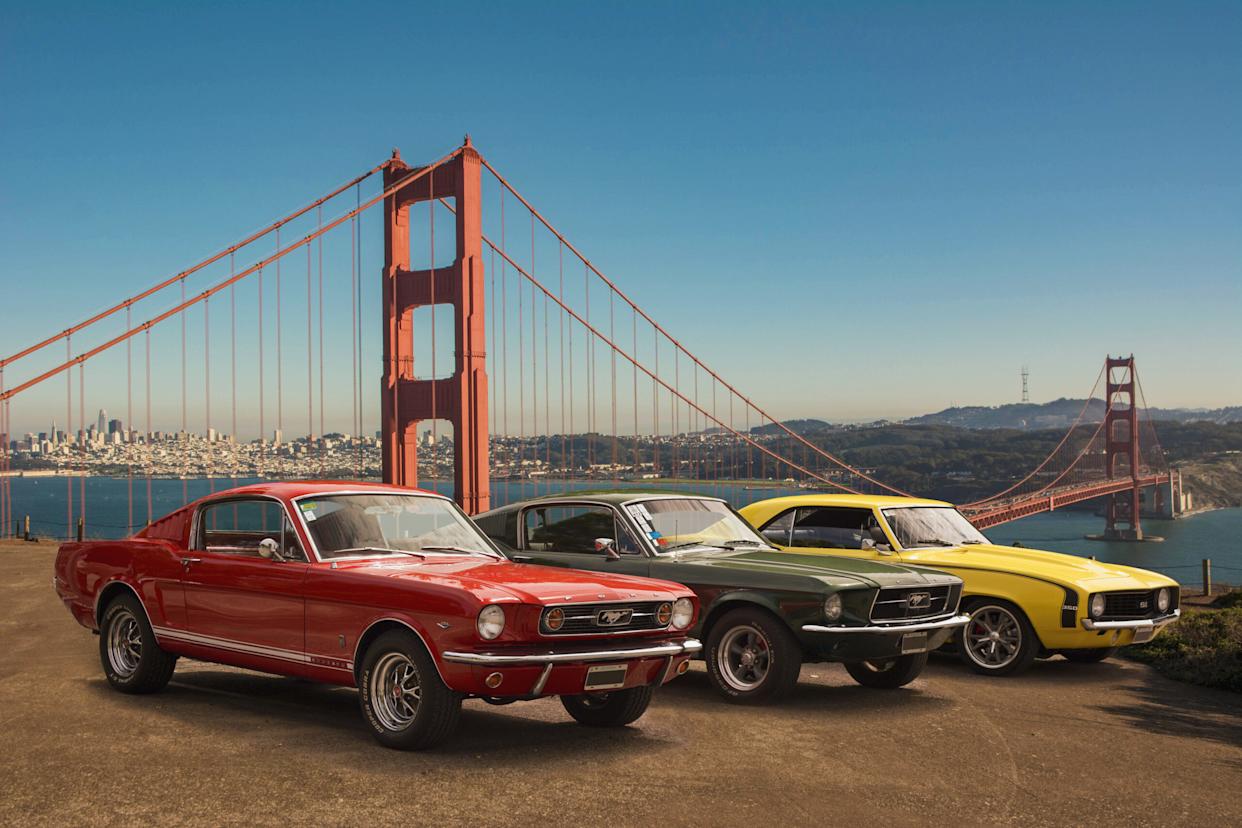


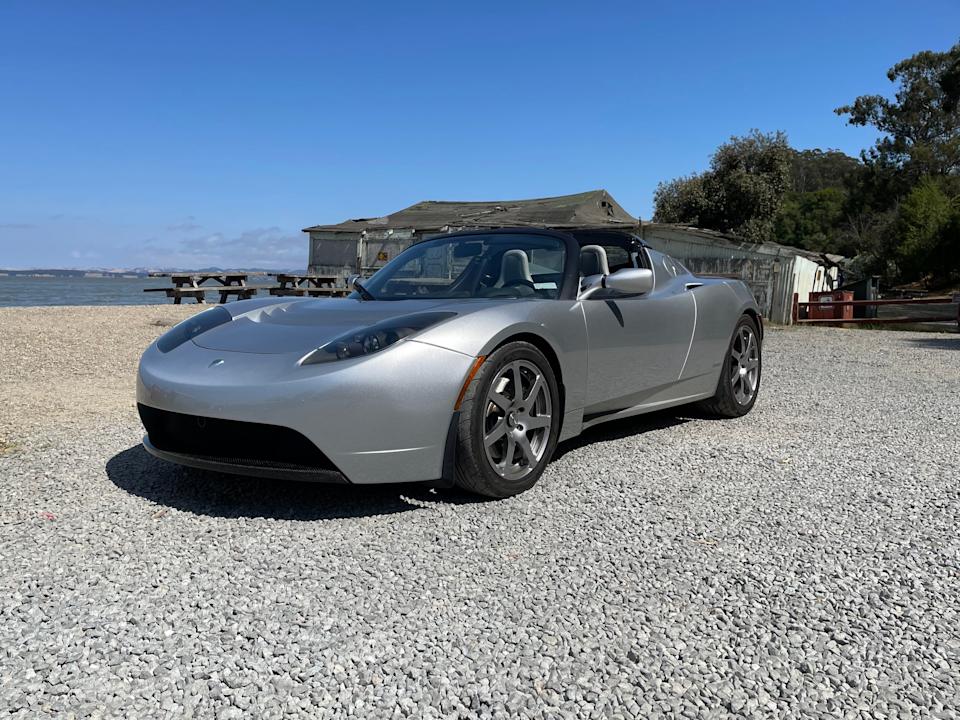
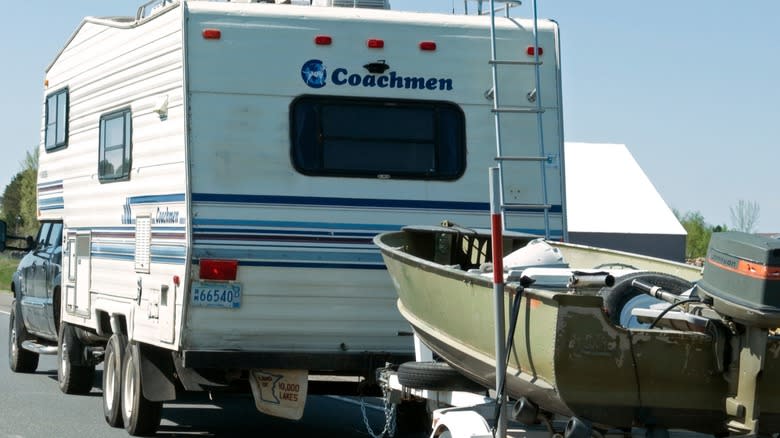
Comments